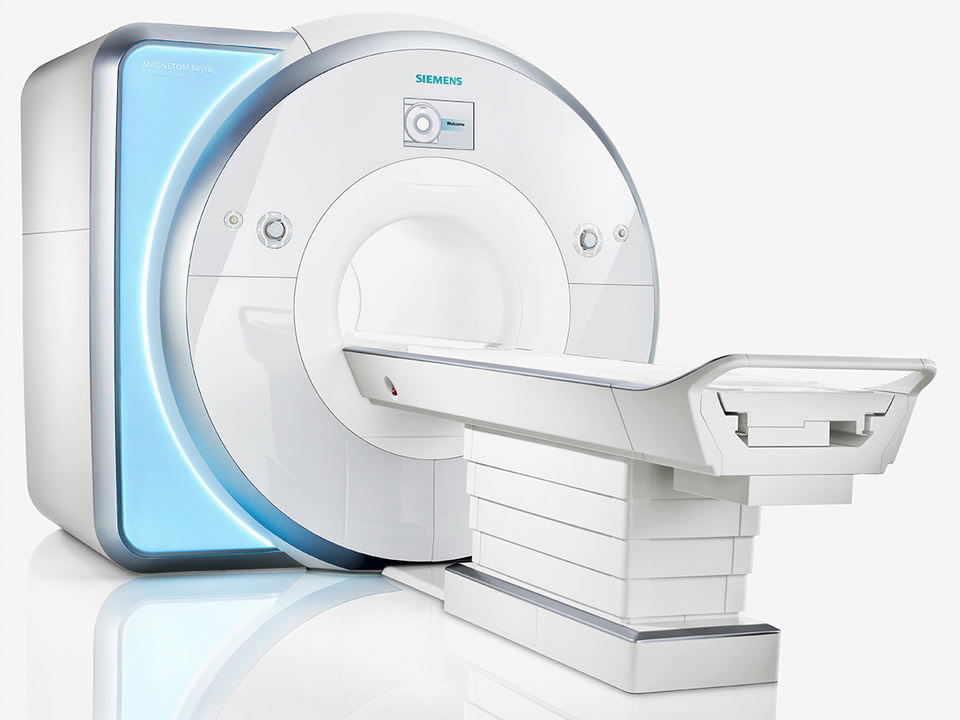I Have a Disc Herniation – What Does it Mean? How is it Treated?
The discs in the lower back play an important role in acting as shock absorbers between the vertebra, while at the same time allowing us to perform a wide range of motion with our spine. The discs are made up of a strong outer ring called the annulus fibrosis, consisting of overlapping fibers, that helps to protect the inner gel liquid, called the nucleus pulposis.
Over time, the discs will naturally degenerate, and can cause lower back symptoms.

Lumbar disc herniations are very common, and in fact research has shown that even people without low back pain, are likely to have a few disc hernations. A research article from 2015 published in the American Journal of Neuroradiology (available here) found that over 50% of 30-39 year-olds with no low back pain, did in fact have signs of disc degeneration, as seen on MRI scans. The important take-home message, is that although degenerative changes do occur in all of our spines, this does not always have to equal pain.
How does a disc bulge?

If there is excessive load or stress placed on the spine, either from repetitive actions or a single trauma, the fibers of the outer annulus can tear, forming a point of weakness in the disc. The pressure from the inner nucleus can form a bulging or protrusion in the shape of the disc at this area, causing a bulge, that can put mechanical pressure on one of the nearby spinal nerve roots.
Material from within the disc, can also cause an inflammatory response at the area, and irritate the nerve. Both of these can result in sciatica, which is leg pain arising from irritation/compression of one of the these nerves that form the sciatic nerve, which runs down the back of the leg.
Progression of Disc Herniations:
There are a few different types of disc herniations as detailed in the following diagram.
If there has been tearing of the annular fibers but the ring is intact, this will cause just a bulge. As the fibers of the annulus tear further, the bulge can become more pronounced. If there is complete rupture of the annular fibers, disc material can leak though the tear, causing a chemical inflammatory irritation to the nerve. Free fragments of disc material can break off into the spinal canal, and can often be reabsorbed.
How long will the pain last?
Often patients will report initial pain with a disc injury, that settles as the associated inflammatory response reduces. Research has shown that about 90% of people with a disc hernation, will be pain-free at 6-weeks, even without any form of treatment. Current thinking is that the body sees the protruding disc material as a foreign body and breaks it down, resulting in less inflammatory material near the spinal nerves. Also, it is believed that the body reabsorbs some of the water from within the disc itself, causing it to shrink in size.
In some cases, where the herniation is severely compressing one of the spinal nerves, symptoms may persist longer. This is where further investigation and treatment may be warranted.
Do I need a scan?
In most cases, a diagnosis can be made without the need for scans. However, if symptoms are severe, if there are neurological symptoms such as foot-drop or other leg weakness, then imaging will be performed to assess the degree of hernation and nerve impingement. MRI is the ‘gold standard’ for imaging the discs and nerves of the lumbar spine, and will be needed in cases where surgery is being considered.
What are the treatment options for disc herniations?
For the vast majority of uncomplicated disc herniations, conservative non-surgical treatment should be the first option. Depending on the nature of the disc herniation, the treatment commonly provided by a chiropractor will include a combination of hands-on manual therapy to improve pain-free range of motion and alleviate pain, along with exercises to help reduce any nerve irritation, unload the disc, and also to strengthen the core stabiliser muscles. The aim of non-surgical treatment is to reduce the recovery time, and recondition the spine to avoid recurrence.

There will be cases where surgery is considered. This will often be if there is a very large disc herniation that is putting significant pressure on the spinal nerves and/or spinal cord. Click here for more information.
References:
-
Schroeder GD, Guyre C, Vaccaro A. The epidemiology and pathophysiology of lumbar disc herniations. Seminars in Spine Surgery. Volume 28, Issue 1, March 2016, Pages 2-7. Lumbar Disc Herniation. doi:10.1053/j.semss.2015.08.003.
-
Brinjikji W, Luetmer PH, Comstock B, et al. Systematic Literature Review of Imaging Features of Spinal Degeneration in Asymptomatic Populations. AJNR American journal of neuroradiology. 2015;36(4):811-816. doi:10.3174/ajnr.A4173.
-
Abraham P, Rennert RC, Martin JR, et al. The role of surgery for treatment of low back pain: insights from the randomized controlled Spine Patient Outcomes Research Trials. Surgical Neurology International. 2016;7:38. doi:10.4103/2152-7806.180297.
-
Kreiner, D. S., Hwang, S. W., Easa, J. E., Resnick, D. K., Baisden, J. L., Bess, S., … Toton, J. F. (2014). An evidence-based clinical guideline for the diagnosis and treatment of lumbar disc herniation with radiculopathy. The Spine Journal : Official Journal of the North American Spine Society, 14(1), 180–191. https://doi.org/10.1016/j.spinee.2013.08.003


